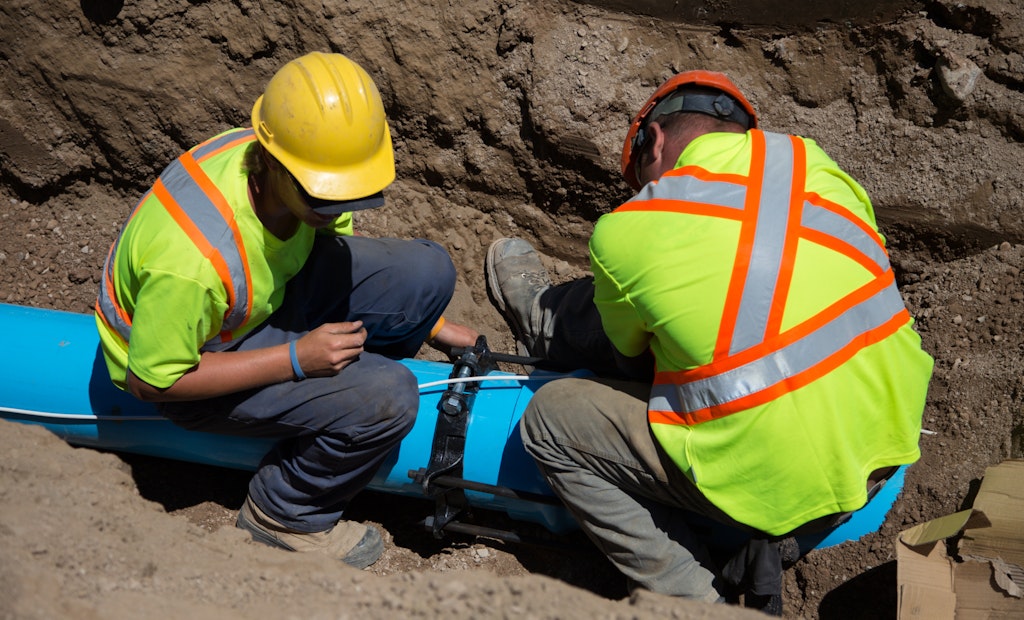Water main break rates have increased 27 percent in the past six years, with asbestos cement and cast iron accounting for a majority of that spike.
Those are some of the findings of a recent study released by Utah State University’s Buried Structures Laboratory, a follow-up to...






